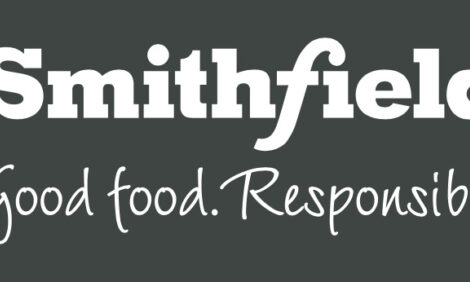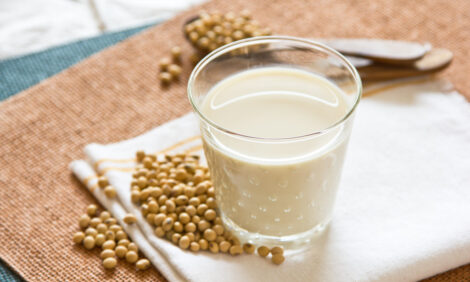



CME: Gross Margins Staying Unusually Low
US - CME's Daily Livestock Report for 10 March 2009.Add beef and pork packers to the list of businesses struggling with current economic
conditions. The stock price travails of Smithfield Foods, Tyson and others have been widely discussed.
Those difficulties are a function of many financial variables and current margins is just one factor. But the
margins for both sectors have been poor. The question is whether they will be poor enough for long
enough to drive a plant out.
We’ll include our normal caveat — these are gross margins. They represent only the value of
the carcass plus the by-products less the cost of the animals. Packers must still pay their non-livestock
costs from these gross margins before they arrive at a net margin.
Beef margins began this year very near the exceptional levels witnessed last summer. Those
summer margins were carried by by-product values that exceeded $150 per head on several occasions.
Those values have dropped to $80 to $90 per head this year and the meat margin has carried packer
gross margins since last fall. The Choice cutout value has fallen steadily as the per cent of cattle grading
Choice has risen from 59 per cent at the end of 2008 to 62.4 per cent the week of 21 February, the latest week for
which data are available. The margins are very near year-ago and 5-year average levels but are, not
doubt, disappointing relative to the second half of last year.
Pork packers are in much more serious straits. Their gross margins plunged in October — at
the time of year that they normal peak. And they have gotten worse since then. They hit the lowest point
in 13 years the week of 14 February.
It is obviously unusual for these margins to stay so low for so long. These gross margins are
usually a reasonable predictor of packer buying behavior. Low margins drive packers to lower their hog
bids. High margins provide incentives for packers to aggressively pursue available hogs. But this time,
they have continued paying more for hogs than their carcasses are worth. That obviously can’t go on
forever but the solution must be higher cutout values. Packers have a lot of incentives to push those
higher but competitively price beef and VERY inexpensive chicken breasts may make that difficult.
If cutouts do not increase, the only way to rectify this margin situation is to lower hog bids. But
how will that work with, according to the December Hogs an Pigs Report , lower market hog supplies just
around the corner? Detect a few conflicts in this situation?
USDA’s March World Agricultural Supply and Demand Estimates (WASDE) will be released on
Wednesday. The report will not contain new information about the 2009-2010 crop but may contain further
refinements on usage levels for this year. The highlights will be included in Wednesday’s edition.








